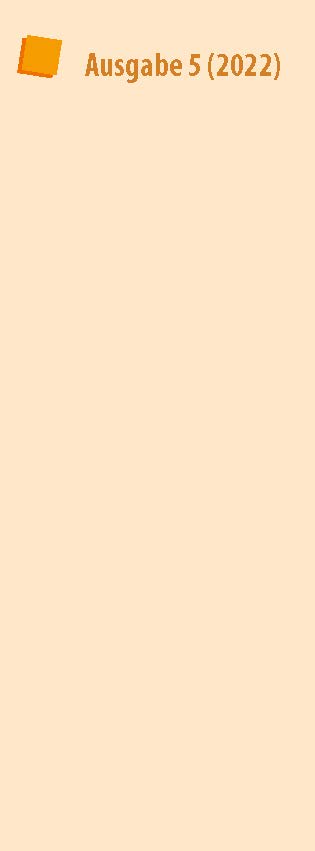Conception and Evaluation of an Open Educational Resource (OER) for the Linguistic Support of Students in Argumentative Writing in Geography Lessons in the Context of Teacher Education
DOI:
https://doi.org/10.11576/hlz-4797Keywords:
Open Educational Resources, higher education training, language development, argumentation development, geography teachingAbstract
Within the framework of university teaching for student teachers of geography, an open educational resource on the topic of “Language Support in Argumentative Writing in Geography Lessons for Teacher Training” was designed in the course of the project “Generalisability and Transferability of Digital Subject Concepts, using the Example of Responsible Digital Geomedia Use in Teacher Education”. This can be used in seminars to show trainee teachers linguistic support methods adapted to pupils, which they can use in their later geography lessons in a didactically justified way. These linguistic support methods for argumentative writing are relevant to enable students to articulate a position on social discourses. The Open Educational Resource (OER) trains student teachers to examine students’ argumentative texts for linguistic errors, to identify them and to use them to design and didactically justify suitable support material. The article presents the OER and evaluates how the learning module “Linguistic Support for Argumentative Writing” contributes to the development of students’ competences in the design and didactic justification of linguistic support materials for argumentative writing in geography lessons by means of a three-step evaluation procedure.
Downloads
Published
How to Cite
Issue
Section
License
Copyright (c) 2022 Saskia Steingrübl, Alexandra Budke

This work is licensed under a Creative Commons Attribution-ShareAlike 4.0 International License.
Sämtliche Inhalte der HLZ werden freigegeben unter der Creative-Commons-Lizenz Namensnennung, Weitergabe unter gleichen Bedingungen, Version 4.0 International (CC BY-SA 4.0). Die Urheber_innen und die Rechteinhaber_innen der in der HLZ veröffentlichten Beiträge gewähren grundsätzlich allen Nutzer_innen unwiderruflich das freie, weltweite Zugangsrecht zu diesen Veröffentlichungen. Unter der Bedingung, dass Autor_innen und Herausgeber_innen gemäß der Zitationshinweise sowie die Lizenz als »Lizenz: CC BY-SA 4.0« einschließlich der untenstehenden Lizenz-URL genannt werden, dürfen die Beiträge der HLZ vervielfältigt, weitergereicht und auf beliebige Weise genutzt werden, auch kommerziell und ebenso online wie in gedruckter oder anderer Form. Auch die Bearbeitung ist erlaubt unter der zusätzlichen Bedingung, dass das neu entstandene Werk als Bearbeitung gekennzeichnet wird und im Falle einer Veröffentlichung unter derselben Lizenz wie in der HLZ freigegeben wird.





